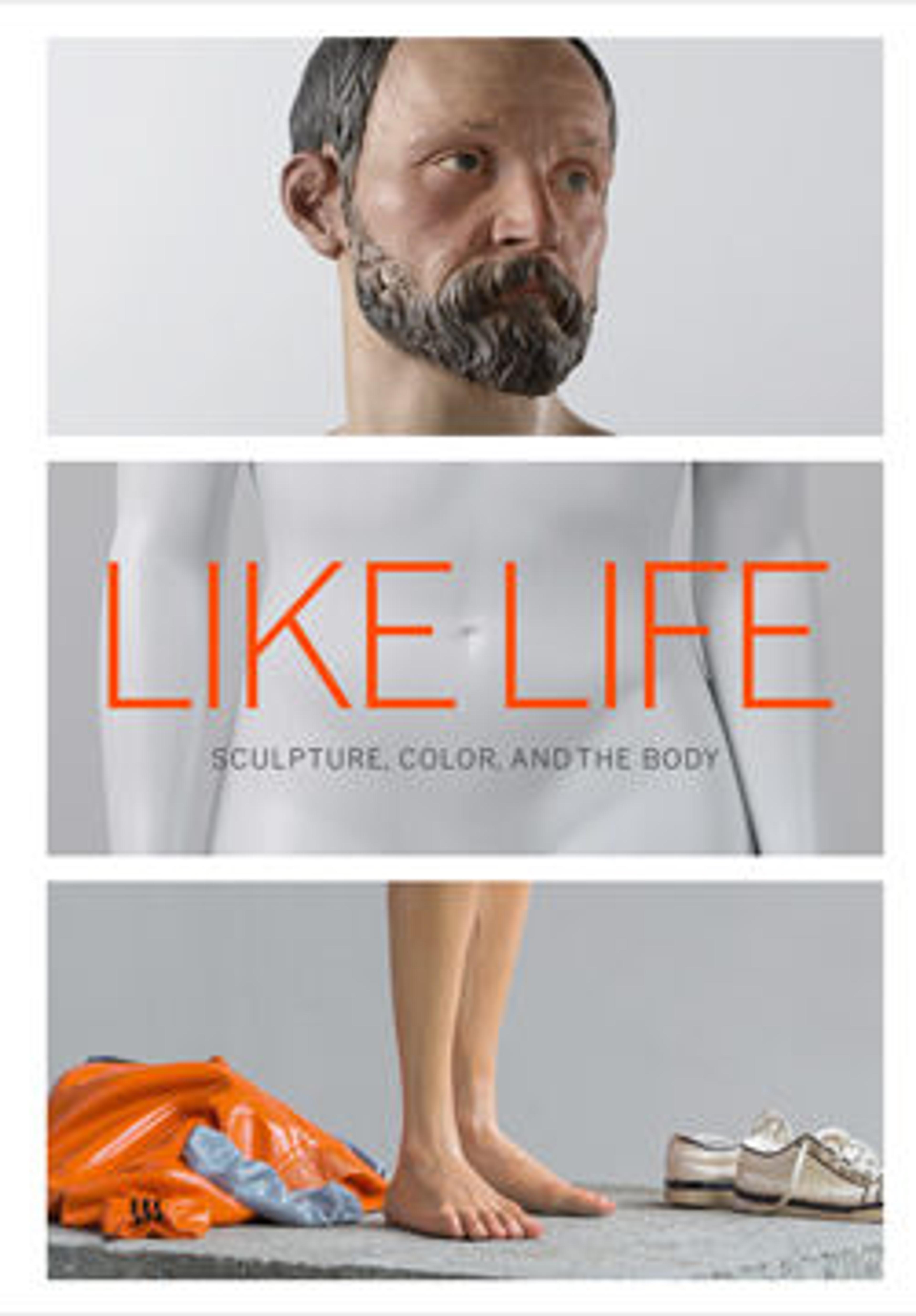Jewish Woman of Algiers
In his unpublished memoirs Charles Cordier cites the law of April 27, 1848 that abolished slavery in France and its colonies, writing: "My art incorporated the reality of a whole new subject, the revolt against slavery and the birth of anthropology." In pioneering ethnography as a subject for sculpture in the nineteenth century, Cordier aimed to illustrate what he described as "the idea of the universality of beauty." His busts often paired couples of the opposite sex but of the same race. This rare instance of matched busts of women (see also La Capresse des Colonies, 2006.112) was desired by the purchaser, a gaming club in Marseilles, that also commissioned the sumptuous Second-Empire pedestals from Cordier.
The busts revel in the period taste for polychromy in sculpture, an international phenomenon sparked by artistic debates about the painting of ancient statuary and inspired by ancient Roman and Renaissance sculpture composed of variously colored marbles. On a trip to Algeria in 1856 Cordier discovered onyx deposits in recently reopened ancient quarries and began to use the stone in busts such as these. He ingeniously fitted enameled bronze heads into the vibrantly patterned stone, creating exciting though costly representations of Africans that appealed to the highest levels of European society.
The busts revel in the period taste for polychromy in sculpture, an international phenomenon sparked by artistic debates about the painting of ancient statuary and inspired by ancient Roman and Renaissance sculpture composed of variously colored marbles. On a trip to Algeria in 1856 Cordier discovered onyx deposits in recently reopened ancient quarries and began to use the stone in busts such as these. He ingeniously fitted enameled bronze heads into the vibrantly patterned stone, creating exciting though costly representations of Africans that appealed to the highest levels of European society.
Artwork Details
- Title:Jewish Woman of Algiers
- Artist:Charles-Henri-Joseph Cordier (French, 1827–1905)
- Maker:Pedestal attributed to designs by Charles-François Rossigneux (French, 1818–afer 1909)
- Date:1862
- Culture:French, Paris
- Medium:Algerian onyx-marble, bronze, gilt bronze, enamel, and amethyst eyes; white marble socle
- Dimensions:Overall on socle (confirmed): H. 35 1/2 x W. 25 1/4 x D. 13 3/4 in., 265lb. (90.2 x 64.1 x 34.9 cm, 120.2032kg) [Weight breakdown: head 37 lbs, marble bust 228 lbs; marble socle 100.7 lbs]; Pedestal (confirmed): H. 41 3/8 x W. 18 1/4 x D. 18 1/4 x 11 3/4 in., 551.2lb. (105.1 x 46.4 x 46.4 x 29.8 cm, 250kg)
- Classification:Sculpture
- Credit Line:European Sculpture and Decorative Arts Fund, 2006
- Object Number:2006.113a–c
- Curatorial Department: European Sculpture and Decorative Arts
More Artwork
Research Resources
The Met provides unparalleled resources for research and welcomes an international community of students and scholars. The Met's Open Access API is where creators and researchers can connect to the The Met collection. Open Access data and public domain images are available for unrestricted commercial and noncommercial use without permission or fee.
To request images under copyright and other restrictions, please use this Image Request form.
Feedback
We continue to research and examine historical and cultural context for objects in The Met collection. If you have comments or questions about this object record, please contact us using the form below. The Museum looks forward to receiving your comments.
